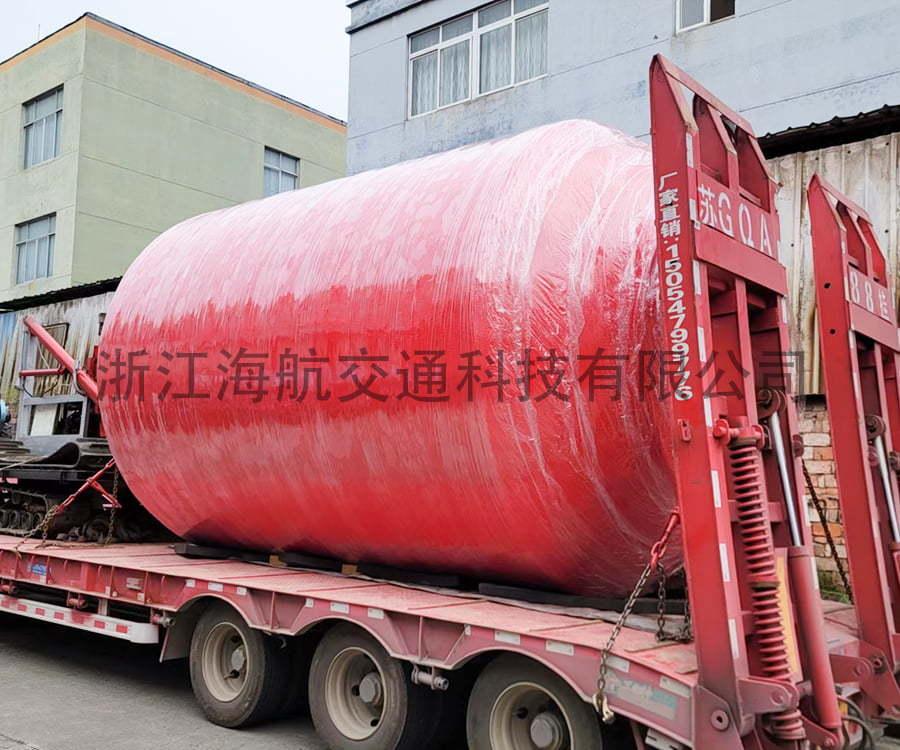The Vital Role of Floating Dock Fenders in Safe Berthing and Port Infrastructure

Floating dock fenders are integral components of port infrastructure, playing a pivotal role in ensuring the safety and efficiency of docking operations. These fenders are designed to absorb the impact forces generated when vessels approach or depart from docks, thereby protecting both the vessels and the docks from damage.
Floating dock fenders contribute significantly to port infrastructure by providing a buffer between the dock and the vessel. They work to mitigate the shock of contact, which is crucial in maintaining the structural integrity of both the dock and the vessel. Their role extends beyond mere protection; they also enhance the operational flow of ports by facilitating smoother and safer docking procedures. This allows for more efficient use of port facilities, reducing downtime and enhancing the overall functionality of the port.
The key features of floating dock fenders lie in their design and material properties. They are constructed to be buoyant, allowing them to move with the water and adapt to the varying conditions of docking. This adaptability is crucial for absorbing the kinetic energy of a vessel in motion. Additionally, the material used in these fenders is typically resistant to wear and tear, ensuring a long service life even under the harshest maritime conditions. Their durability and flexibility make floating dock fenders an essential part of any dock's protective measures.
Floating dock fenders are essential for safe berthing due to their ability to manage the forces involved in the docking process. When a vessel approaches a dock, it carries with it significant momentum that, if not managed properly, can lead to collisions and damage. By providing a soft, yet strong barrier, floating dock fenders absorb this energy, reducing the impact and ensuring a safer berthing. They also offer a level of adjust ability, allowing port operators to configure them according to the size and type of vessels they are accommodating. This customization is vital for accommodating the diverse range of maritime traffic found in modern ports.
In conclusion, floating dock fenders play a multifaceted role in port operations. They are not only protectors of docks and vessels but also facilitators of efficient and safe berthing procedures. Their key features, including buoyancy, durability, and adaptability, make them indispensable in the context of port infrastructure. As such, understanding and investing in high-quality floating dock fenders is a critical aspect of maintaining safe and operational ports.
- Art
- Causes
- Crafts
- Dance
- Drinks
- Film
- Fitness
- Food
- Jogos
- Gardening
- Health
- Início
- Literature
- Music
- Networking
- Outro
- Party
- Religion
- Shopping
- Sports
- Theater
- Wellness


